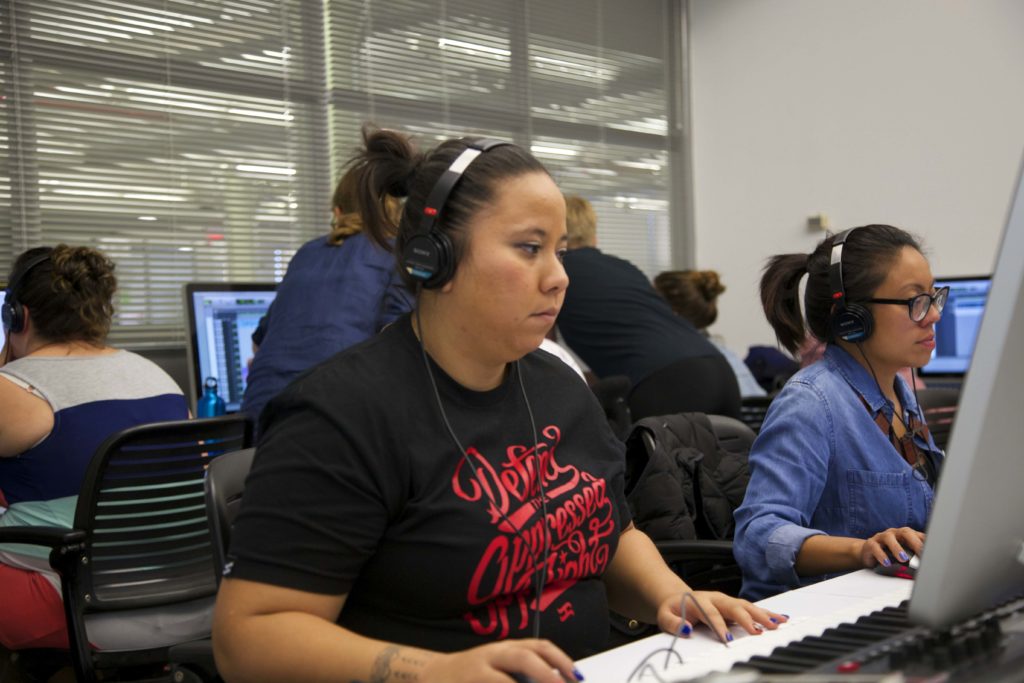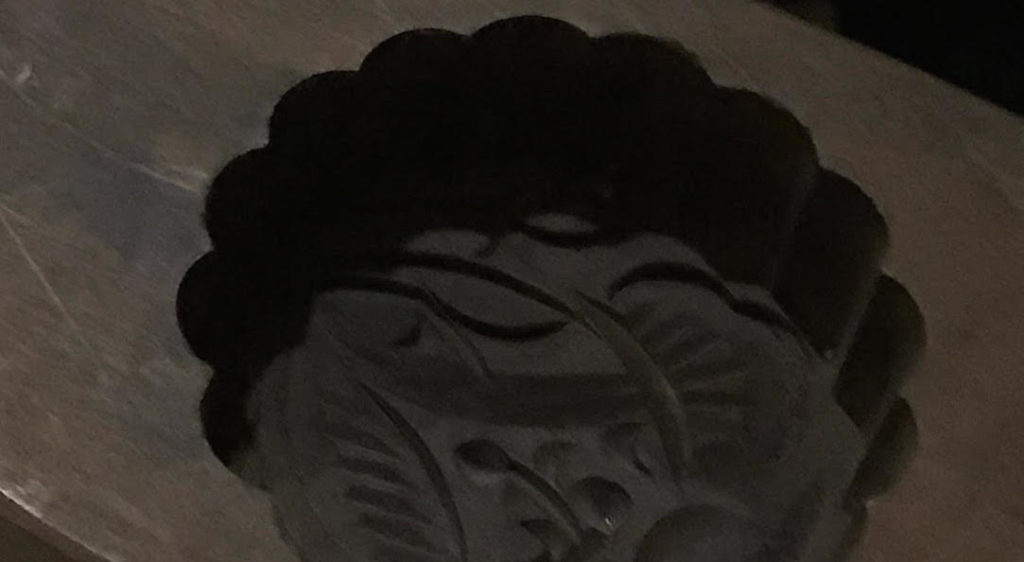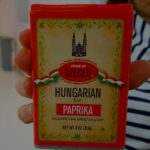
Natalia Roxas and Sarahlynn Pablo of the food blog Filipino Kitchen edit their audio stories at the Fi2W workshop. Photo: Rachael Bongiorno
As a child, every year Stella Fong would look forward to the Moon Festival. The time of the year when the moon is at its roundest and brightest has important symbolism in Chinese culture. But Stella and her siblings mostly enjoyed the food, especially the moon cakes. Over the years, Stella’s appreciation for this tradition has grown, and the moon cakes have taken on even more significance. Hers is one of several stories shared in our recent Feet in 2 Worlds workshop on food journalism.
We brought together journalists, students and culinary professionals for three days of intensive journalism training and conversation at The New School in New York City. In our series of audio snapshots, participants talked about how their food helps keep them rooted in their immigrant heritage.
Celebrating culture with moon cake
For Stella, the Moon Festival was the time when all her cousins, aunts and uncles would gather in their home in San Francisco, celebrate together, and eat moon cakes – pastries filled with sweet bean paste, an egg yolk and embossed with intricate patterns. Now she lives in Billings, Montana, and doesn’t have those big family celebrations or the same large community that shares these traditions. As she told Natalia Roxas, her wooden moon cake molds help her hold onto her Chinese culture and fond childhood memories.
Why nutmeg smells like home
When Hali Bey Ramdene moved to Iowa her dad sent her a package of spices, and in it, a giant bag of fresh nutmeg. It’s not a typical Jamaican spice, but when she was a child her dad would cook her cornmeal porridge and “grate an ungodly amount of nutmeg over the top.” Food is central to Hali’s relationship with her father. Keeping nutmeg in her kitchen evokes their bond and creates a sense of home wherever she is. Naomi Tomky recorded her story.
My mom’s Tanzanian sandwich maker
Zahir Janmohamed remembers his mom toasting dinner over an open campfire in Yosemite National Park with a sandwich-press from her home country of Tanzania. Although they might be using American Wonder Bread she would fill the sandwiches with ground beef, onion, cinnamon and other Indian seasonings. Zahir’s mom used food to create a home in America by keeping the flavors of Tanzania, the country their family left behind; and India, the country of their heritage. Zahir told his story to Shiva Bayat.
Korean flavors start with gochujang
Though her mom is Korean, Mia Warren didn’t eat much Korean food growing up. Now she’s trying to learn to prepare the food of her culture. She introduced Cathy Kossack to an essential ingredient, the spicy red pepper paste gochujang. While she may never fully master the traditional techniques practiced by her aunt in Korea, she looks forward to developing her own Korean-American interpretation of the food she loves.
A ski pole for Christmas cooking
Rachael Cusick’s family not only invented a new Christmas food tradition, but a new way of making that food: they use a ski pole laid over the sink to dry their lasagna noodles. The family created the unique holiday celebration partly to move on after a deep loss. Rachael confessed to Cathy Shufro that she doesn’t even like lasagna that much, but cherishes ski pole lasagna for the healing it’s come to represent in their home.
If you enjoyed these stories you can hear more here.
Funding for the workshop comes from The International Association of Culinary Professionals’ foundation, The Culinary Trust, and its Growing Leaders Food Writing program.
Fi2W is supported by the David and Katherine Moore Family Foundation, the Ralph E. Odgen Foundation, the J.M. Kaplan Fund, an anonymous donor and readers like you.




